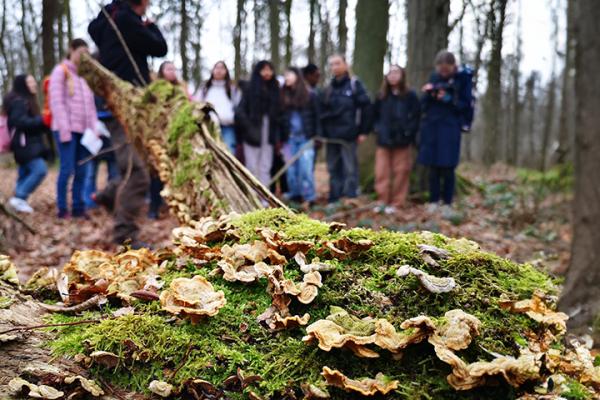The so-called rare earth elements are 17 metals whose unique chemical properties provide the salt and pepper of much modern day technology.
The problem is that global demand for high-tech gadgets has boomed so rapidly that rare earth mining operations – located almost exclusively in China – are struggling to keep up. As a result, prices for these commodities have skyrocketed over the past five years.
The moniker ‘rare’ doesn’t mean that these metals are hard to find, in fact they are relatively abundant in the earth’s crust. It refers to the fact that extracting them is a painstaking, messy business. They reside in ores with concentrations under a few percent.
The problem is that rare earth elements tend to be highly magnetised and react in similar ways to the chemicals used to refine minerals. That means that separating them from each other and from the radioactive elements that they tend to clump together with can require up to a thousand purification steps relying on nitric acid and other toxic chemicals.
“‘The steel and aluminium industries recycle over 60 % of their production ... If we want the value chain of new consumer products to be sustainable, we need to start doing the same with rare earths.’
It’s these properties that also make them hard to recycle. They form some of the most stable oxides in the periodic table, making it tough for established metal recycling techniques to separate them.
Security of supply
That’s why scientists are working to find ways to recover these precious metals from electronic waste such as discarded computers and mobile phones. Their efforts could help ensure the supply of rare earth elements, and protect the environment.
‘The steel and aluminium industries recycle over 60 % of their production,’ said Gabriella Tranell, an associate professor of materials science at the Norwegian University of Science and Technology. ‘If we want the value chain of new consumer products to be sustainable, we need to start doing the same with rare earths.’
She coordinates REEcover, an project funded by the EU's European Research Council in which European research institutes and small- and medium-sized enterprises are linking their skills to create what they hope will become the first profitable value chain for extracting rare earths from industrial waste.
The project, which finishes at the end of next year, is focusing on extracting rare earths from electronic waste and refuse from the Kiruna iron mine in Sweden. It is combining the skills from SMEs all over Europe to complete a financially viable recycling chain for rare earths.
Rare earth elements including gadolinium, neodymium, yttrium, terbium, europium, lanthanum, praseodymium, and cerium are used in products found at home. Under FP7, the EU committed EUR 63.1 million for rare earths research.
Australian industrial company Metsol, Spain’s TECNALIA and SINTEF, a Norwegian research firm, are working with Dr Tranell’s university to develop a heat treatment in which a specially developed environment ensures that only rare earths in the treated waste can oxidise and that all other metals are melted away.
The British start-up Less Common Metals then dissolves this oxide and extracts the rare earths from it using a 1 000 Amp current in a fused salt electrolysis process.
Nuclear waste
Another group of researchers are using an idea initially proposed to recycle fissile fuel from nuclear waste.
The ERC-funded REE-CYCLE project, led by Professor Thomas Zemb at the University of Montpellier, is dissolving materials in emulsified oils and using nanoscopic droplets to trap the rare earths in them and separate them out.
‘We are learning to move metal ions one by one between the nanosopic droplets,’ said Professor Zemb. The technique could use fewer chemicals than current methods and reduce the volume of secondary acidic waste produced by a factor of ten or more.
The researchers hope that the technology will help to guide further research on recycling rare earth elements in years to come.
According to Professor Zemb, most metal recycling processes play on variations of a few well-documented recipes. No one knows exactly why these formulations work, and exploring new ones currently requires extensive trial and error.
His early stage research offers insight into the chemical reactions taking place within them. This could in turn shed light on cheaper and more environmentally friendly approaches for the future. In principle, the droplets could also be tailored to other metals.
Recycling expertise
Europe is building up its expertise in this crucial field, and that’s in part thanks to Professor Koen Binnemans from KU Leuven in Belgium, who is working to give 15 PhD students and junior post-docs the chance to swap samples, visit each other’s laboratories and acquire soft skills to turn their ideas into business opportunities as part of the EU-funded EREAN initial training network.
They also work closely with industry – the EREAN consortium includes the Solvay Group and Umicore, two materials firms whose joint work on rechargeable batteries won the European Business Awards for the Environment in 2012.
‘EREAN is helping to bundle European recycling expertise into a cluster of excellence,’ said Prof. Binnemans.
For more information, click on EREAN, Rhodia, Umicore and the EBAE.





